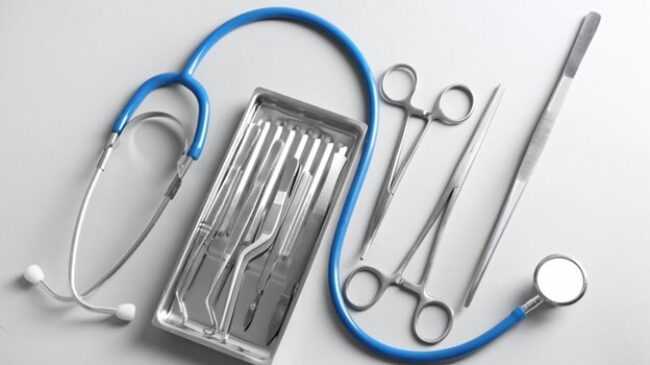
A device is an instrument, apparatus, implant, or other similar article that is used in the prevention, diagnosis, or treatment of illness or disease. It can also be used for detecting, measuring, restoring, correcting, or modifying the structure or function of the human or animal body for health purposes. Devices do not rely on metabolism or any other chemical action for their primary intended purpose.
Devices are assigned to one of three regulatory classes (I, II, or III) based on the level of control necessary to assure the product’s safety and effectiveness. The risk the device poses to a patient and/or user significantly influences its class determination. Defining the product’s intended use and indications for use is essential to determine whether you have a medical device and for device classification. For more information, visit this page on the FDA site.
Class I devices are low-risk products with the fewest regulatory requirements. All Class I devices must adhere to General Controls, and a small number require Design Controls. Examples of Class I devices include elastic support products such as knee braces and splints as well as wire cutters commonly used in the operating room. Many Class I devices can go directly to market with establishment registration and product listing, along with a modest set of quality and labeling requirements. For more information on Class I device exemptions visit this page on the FDA site.